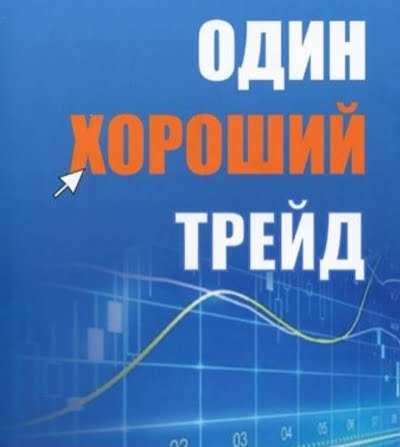Кое кто просил пару вопросов из экзамена, поэтому выкладываю по просьбе.
Кроме задачек, самое неприятное заучивать регулирование и законы, а задачки можно натренероваться.
Inflation rates are as follows: Germany 6%, Switzerland 4%, United States 5%, Japan 8%, Great Britain 5%. Which of the following is an appropriate trading strategy if this trend is expected to continue?
1 Sell Swiss franc calls
2 Buy Japanese yen calls
3 Buy Euro calls
4 Sell British pound calls
General Motors intends to issue $50,000,000 in commercial paper in six months. The current commercial paper rate is 9.37%. The three-month T-bill rate is 8.66%. To hedge against an increase in interest rates, the Treasurer of GM should:
1 Buy T-bill futures and sell T-bills in the cash market
2 Sell T-bill futures and buy T-bills in the cash market
3 Sell T-bill futures
4 Buy T-bill futures
A homebuilder creates a hedge against an increase in lumber prices with eight contracts. The hedge was established with a basis of 3.20 under. When the hedge is lifted, the basis is 2.45 under. The lumber contract is 150,000 board ft. and the price is quoted in dollars per 1,000 board ft. The result of the hedge is:
1 A profit of $900
2 A loss of $900
3 A profit of $9,000
4 A loss of $9,000
If you hear that a market for a grain is "5 cents under", you would assume:
1 That the nearest futures month is trading 5 cents less than the next futures month
2 That the price of cash grain is 5 cents less than its normal price at this time of the year
3 That the price of cash grain is 5 cents less than the price of the nearest futures month
4 That the price of the nearest futures month is 5 cents less than the price of the cash grain
person would be "long the basis" if he:
1 Has sold a commodity for delivery in the future and has placed a long hedge
2 Has a commodity in his inventory that is unhedged
3 Owns the cash commodity and has placed a short hedge
4 Owns the cash commodity and has placed a long hedge
Which of the following hedgers would most likely effect a selling hedge?
1 A grain elevator operator who wants to protect his cash position
2 An exporter who has entered into a contract to deliver the cash commodity at a later date and who does not 3 own the commodity
3 An individual who is short the cash commodity and who is committed to make delivery at a later date
4 All of the above
The Environmental Protection Agency approves a stricter gasoline volatility standard. This causes the unleaded gasoline futures contract on the New York Mercantile Exchange to invert. The June-July spread is trading $.0240 bid/offered at $.0245. A customer enters an order to buy 5 July-sell 5 June spread positions at the market. The order is filled at $.0240. When the customer liquidates his spreads, the spread is still inverted and trading $.0110 bid/offered at $.0115. The spreads are liquidated at $.0115. The unleaded gasoline futures contract size is 42,000 gallons. The profit or loss as a result of this trade is:
1 $525 profit
2 $525 loss
3 $2,625 profit
4 $2,625 loss
A firm that is long the basis establishes a hedge using 5 sugar futures contracts. When the hedge is placed, the firm’s basis is .30 cents under. When the hedge is lifted, the basis is .24 cents under. The futures contract size is 112,000 pounds. The change in basis means the company will have a:
1 $33,600.00 gain
2 $33,600.00 loss
3 $336.00 gain
4 $336.00 loss
A cotton farmer estimates his yield at 450,000 lbs. The cash price of cotton when he places his hedge is 58.79 cents/lb. He hedges by using 9 July cotton futures contracts. The futures hedge is established at a price of 61.05 cents/lb. When the hedge is lifted, the farmer sells his cotton in the cash market at 56.94 cents/lb. and his futures position is covered at 58.98 cents/lb. The net price per pound the farmer receives as a result of the hedge is:
1 56.94 cents/lb.
2 58.57 cents/lb.
3 58.79 cents/lb.
4 59.01 cents/lb.


